Koen Vanmechelen (Sint-Truiden, 1965), one of the leading contemporary Belgian artists with several major exhibitions around the world to his credit, has been pursuing the unique project The Cosmopolitan Chicken Projectsince 1999 : it is a project of hybridization and crossbreeding of chickens from different parts of the world with the goal of creating a “Cosmopolitan Chicken” that has the genes of all the chickens in the world. The chicken thus becomes a metaphor for human relationships, cultural diversity, and our social behaviors. Koen Vanmechelen’s chicken has been exhibited in many contexts and is the basis for other works created by the Belgian artist (such as the “Human Rights Pavilion,” one of his most recent projects). We caught up with Vanmechelen to talk with him about The Cosmopolitan Chicken Project. The interview is edited by Federico Giannini.
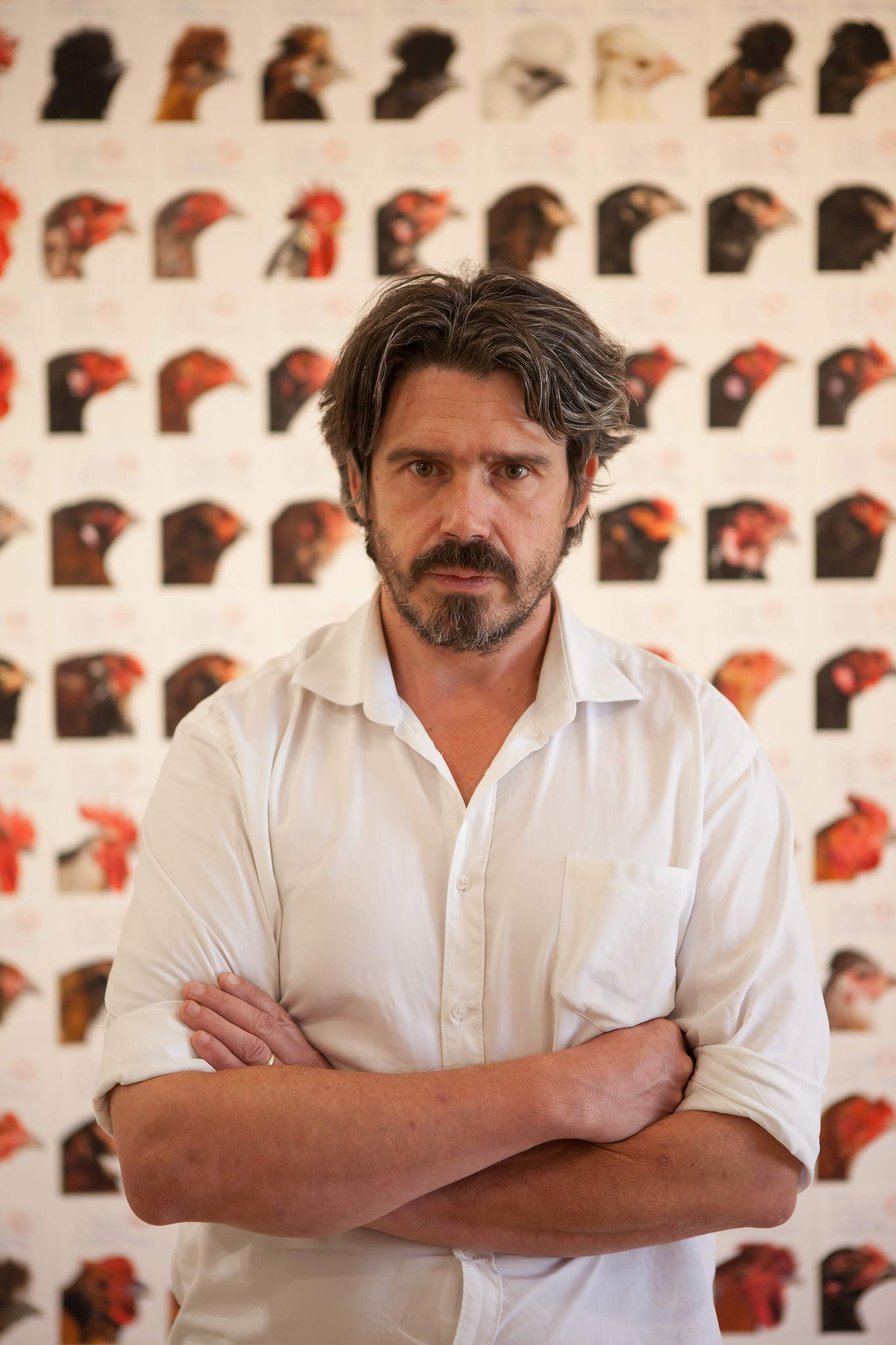 |
| Koen Vanmechelen. Photo by Florian Voggender (2013) |
FG. Next year, when the Venice Biennale 2022 takes place, you will present your “Human Rights Pavilion,” which was born for the 2019 Biennale as an appeal to the world and as a possibility for the birth of a permanent Human Rights Pavilion. Can you explain your project?
KvM. It’s quite complicated, because this work actually comes from further back, and it has its roots in my project The Cosmopolitan Chicken Project, which revolves around a system of chicken crossbreeding: the meaning lies in the idea that we have to break down borders, that we have to unite. Through this project we have discovered so many things that could help us improve our social behaviors: it is a project that talks about migration, globalization, genetic engineering and many other topics. And that’s where the Human Rights Pavilion came from, which then found its concretization following a specific event: I was in Venice during a Biennale and Adriano Berengo took me to the Global Campus of Human Rights on the Lido, at the Monastery of San Nicolò, where I met the secretary of Campuos, Manfred Nowak [a jurist expert on human rights, ed.] We started talking about many things, and one of them was the creation of a human rights symbol: by chance I had already started to develop a similar idea for a work in marble, I even had a sketch on my phone. It was a work composed of five books about human rights, stacked, with a child sitting on top: the child is democracy, the future. So talking with Nowak, the idea of the Human Rights Pavilion arose, which was created with the purpose of breaking down the boundaries between the different national pavilions at the Venice Biennale. There are so many pavilions from so many different nations, why not create one that could cross borders? However, there was a problem: the Venice Biennale did not want us to use the word “pavilion” for the project. I felt that was a very strong stance, so I decided to organize Cosmocafes, or meetings where I invited people to imagine a human rights pavilion, gathering an audience from all over the world. I organized more than forty of them, to talk to artists, philosophers, people-the idea was to bring all the results of the discussion to the Monastery and create the Human Rights Pavilion there. So the Pavilion is at the same time a large installation and a place to discuss.
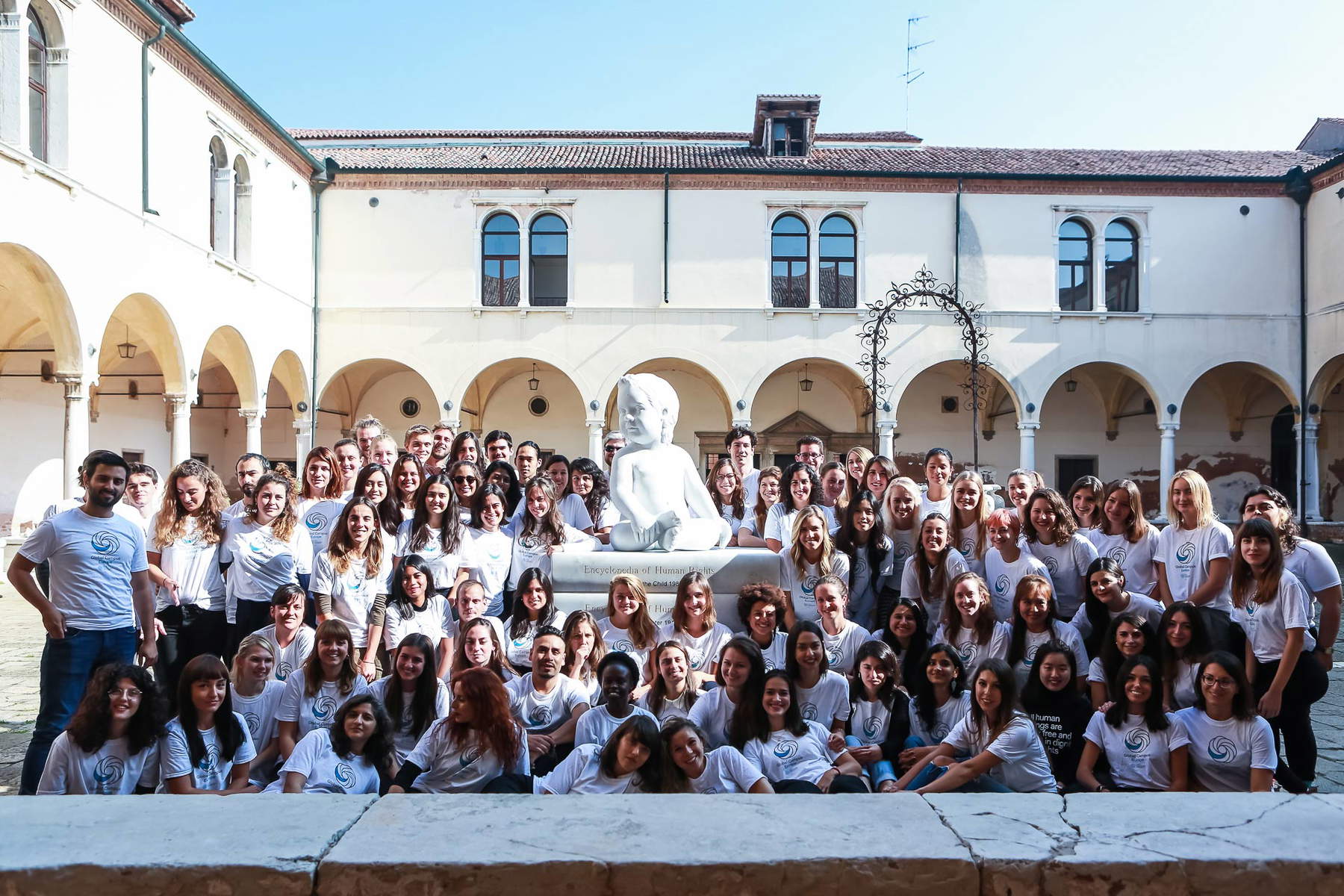 |
| The Global Campus of Human Rights |
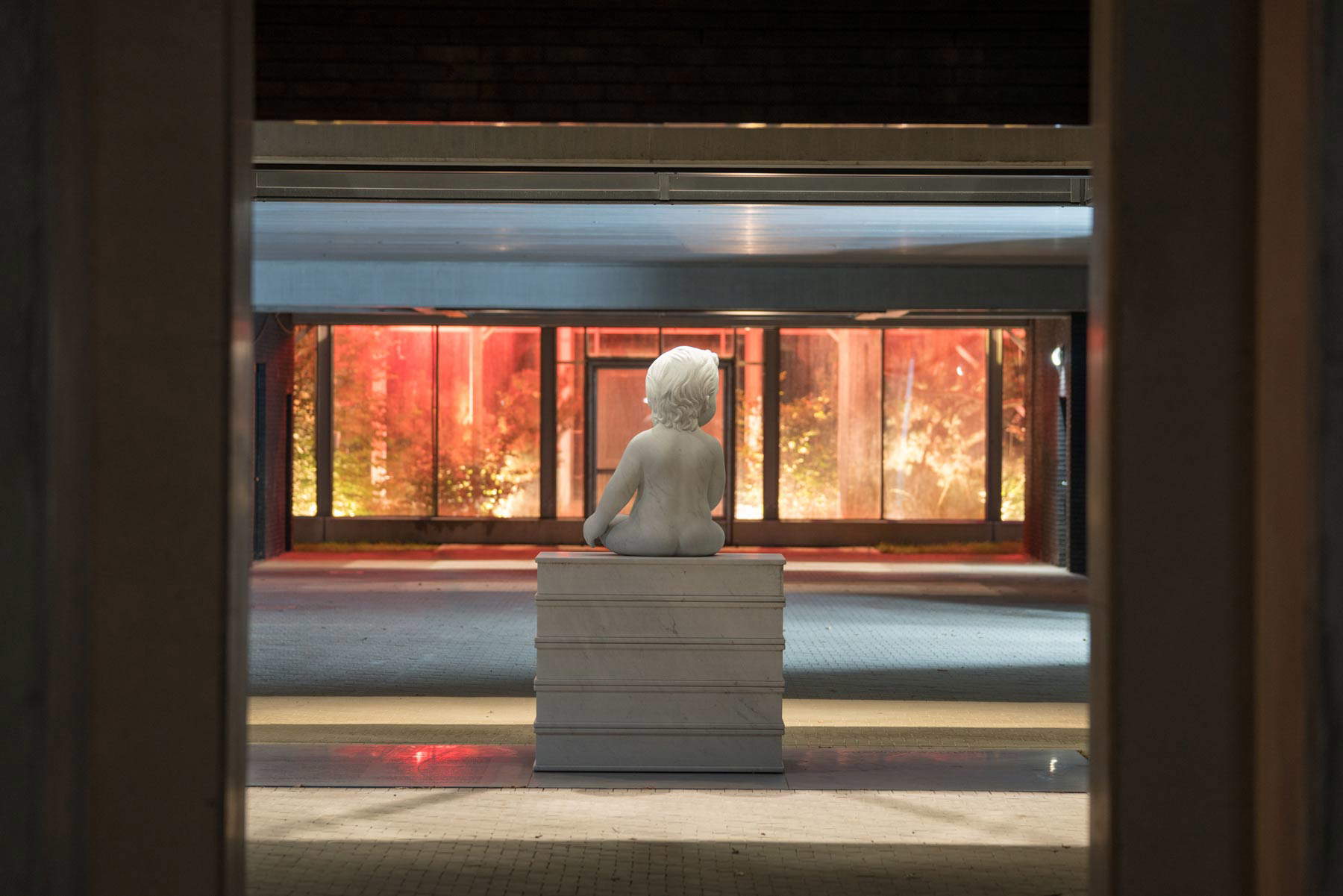 |
| Koen Vanmechelen, Imagine human rights. Photo by Kris Vervaeke |
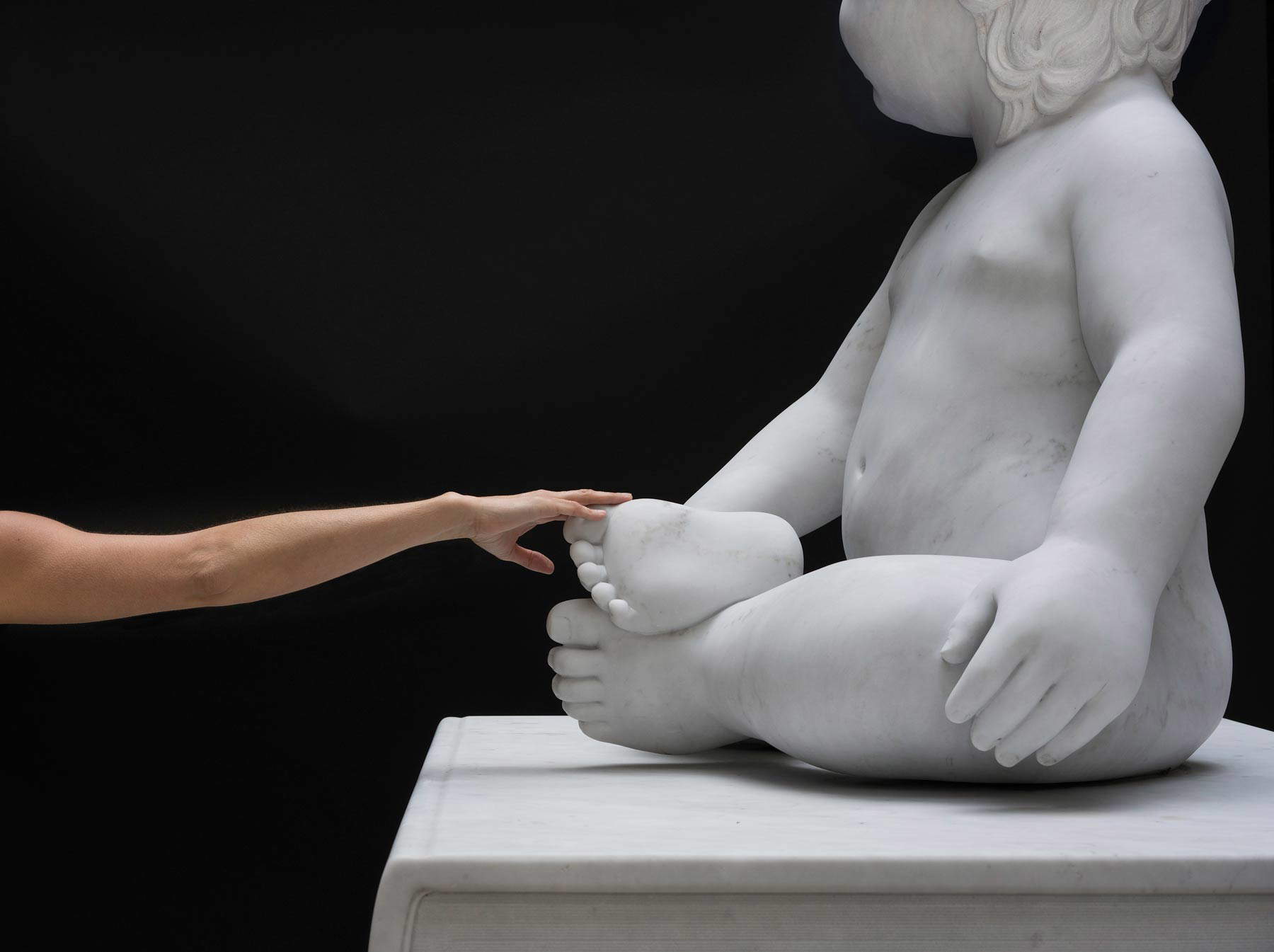 |
| Koen Vanmechelen, Imagine human rights. |
I would like to link back toTheCosmopolitanChicken Project you mentioned in the first part of your response because I find it an extremely interesting project, as it tells a lot about our present but also our future. In addition to the themes that You mentioned (migration, globalization, genetic engineering) I am reminded of diversity, racism, and even the issue of immunity and vaccines-I think that Your project somehow foresaw everything that has happened in the last two years (and I am of course referring to the Covid-19 pandemic). What do you want to communicate to the public with The Cosmopolitan Chicken Project?
I think I foresaw a similar situation several years ago (I have been saying for 30 years that sooner or later mankind would be in the situation of having to escape from a virus), and also in 2011, at the Guangzhou Triennale in China, I had created a large installation, Modified Spaces, where the audience was required to enter wearing a mask, to move carefully, and so on. That was a cautionary tale: I think the point of my work, and it obviously applies to The Cosmopolitan Chicken Project as well, has emerged in a disruptive way during this pandemic, because we have gone too far in challenging nature. And in this confrontation nature prevails, which is not hard to predict if you understand the logic of nature. Through my work I have always tried to understand the logics of nature. And with my project The Cosmopolitan Chicken Project I faced six different pandemics with my chickens, the avian flu pandemics: I had to move them all the time, subject them to quarantines and different safety measures. A significant experience. Overall, I think it’s an interesting project because it makes us understand a lot about humanity, about the conflicts that the road to human rights is full of, about our relationship with nature.
Then there is another question that arises from these considerations: should we protect nature, or what we create? What is the position that artists and society at large should take toward this issue?
Meanwhile, the artist’s position is always in the middle, in the middle of the conflict: with works of art one can show both how to do things correctly and how to do them wrongly. We, as human beings, often do not know how to move, but art can show us a way. In my work there is always this conflict: I believe that we need to be careful how we behave toward nature. If we protect nature then we protect ourselves, and if we protect ourselves then we also protect nature. This is the logic we need to learn.
 |
| Koen Vanmechelen, The Cosmopolitan Chicken Project. Photo by Stoffel Hias |
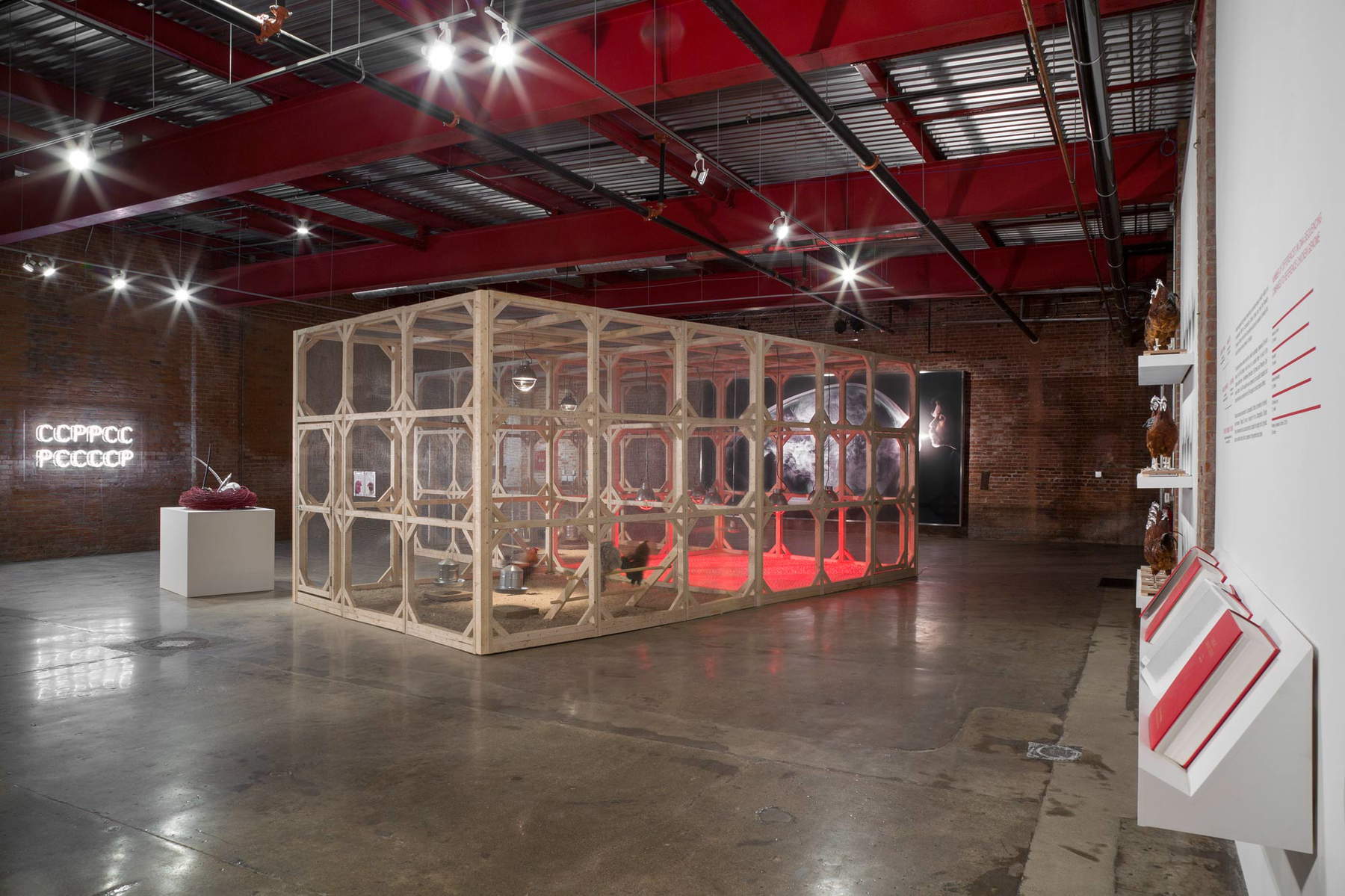 |
| Koen Vanmechelen, The Cosmopolitan Chicken Project. Photo by PD Rearick |
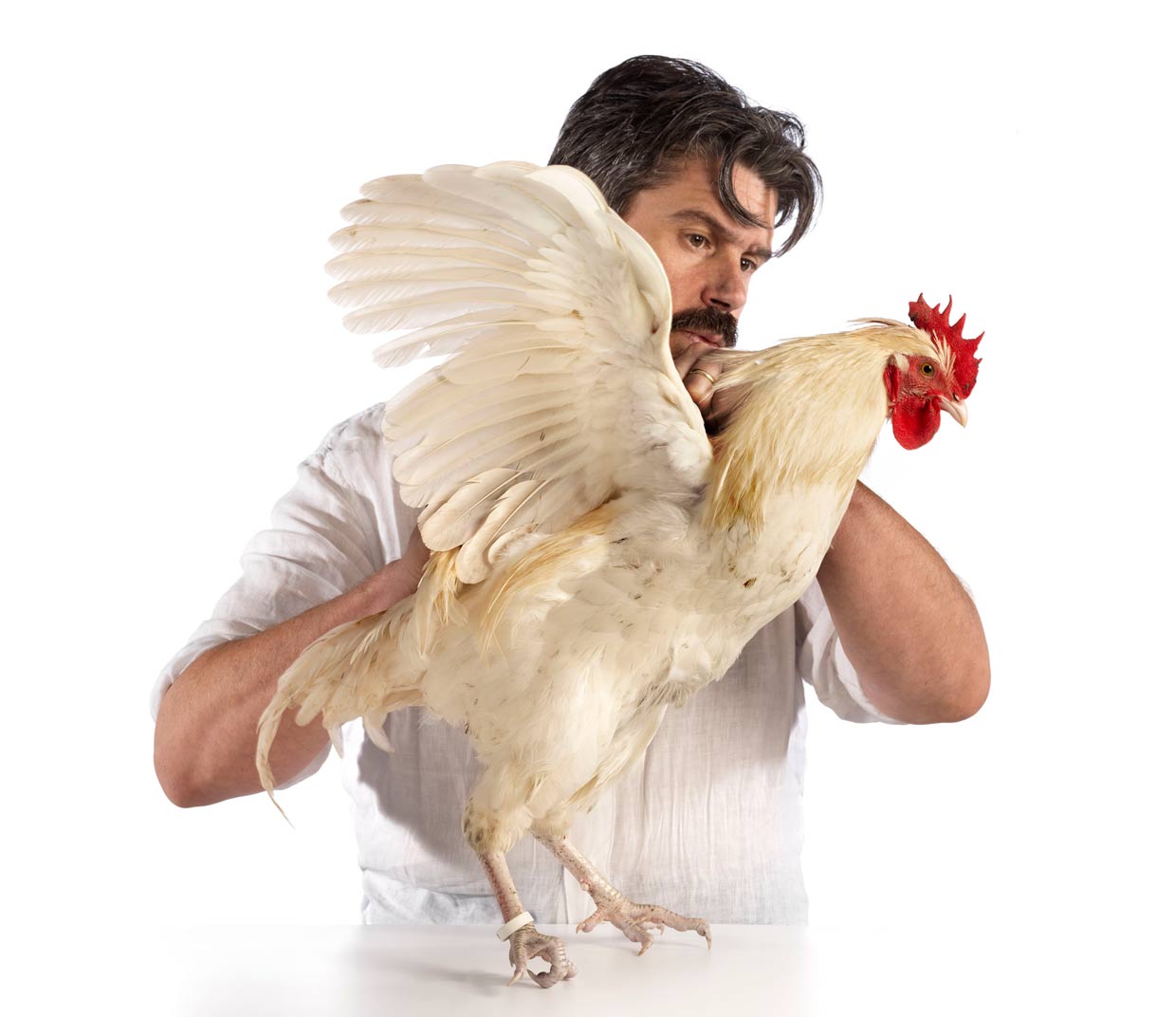 |
| Koen Vanmechelen with one of his chickens. |
 |
| Koen Vanmechelen, Modified spaces. |
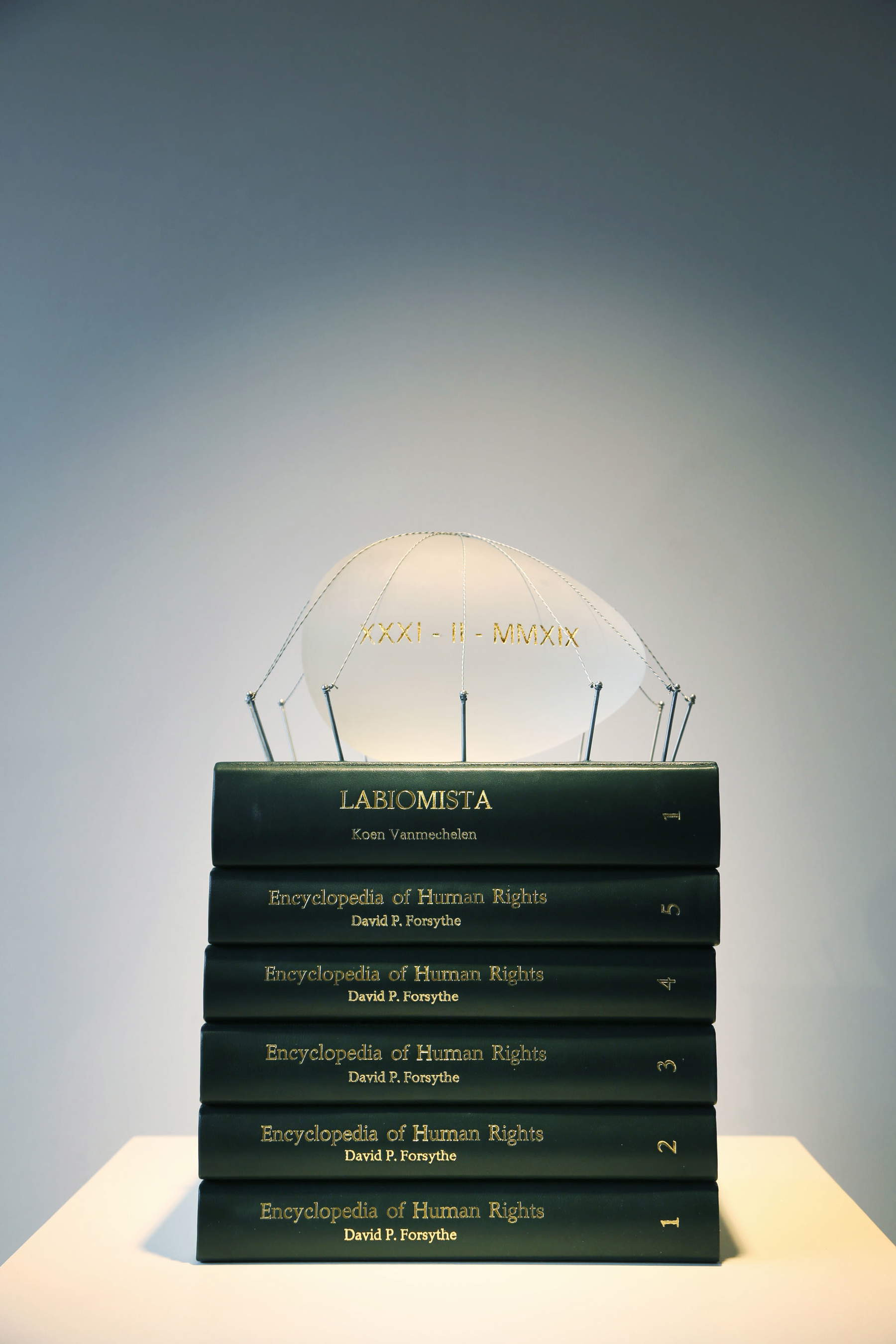 |
| Koen Vanmechelen, Collective memory |
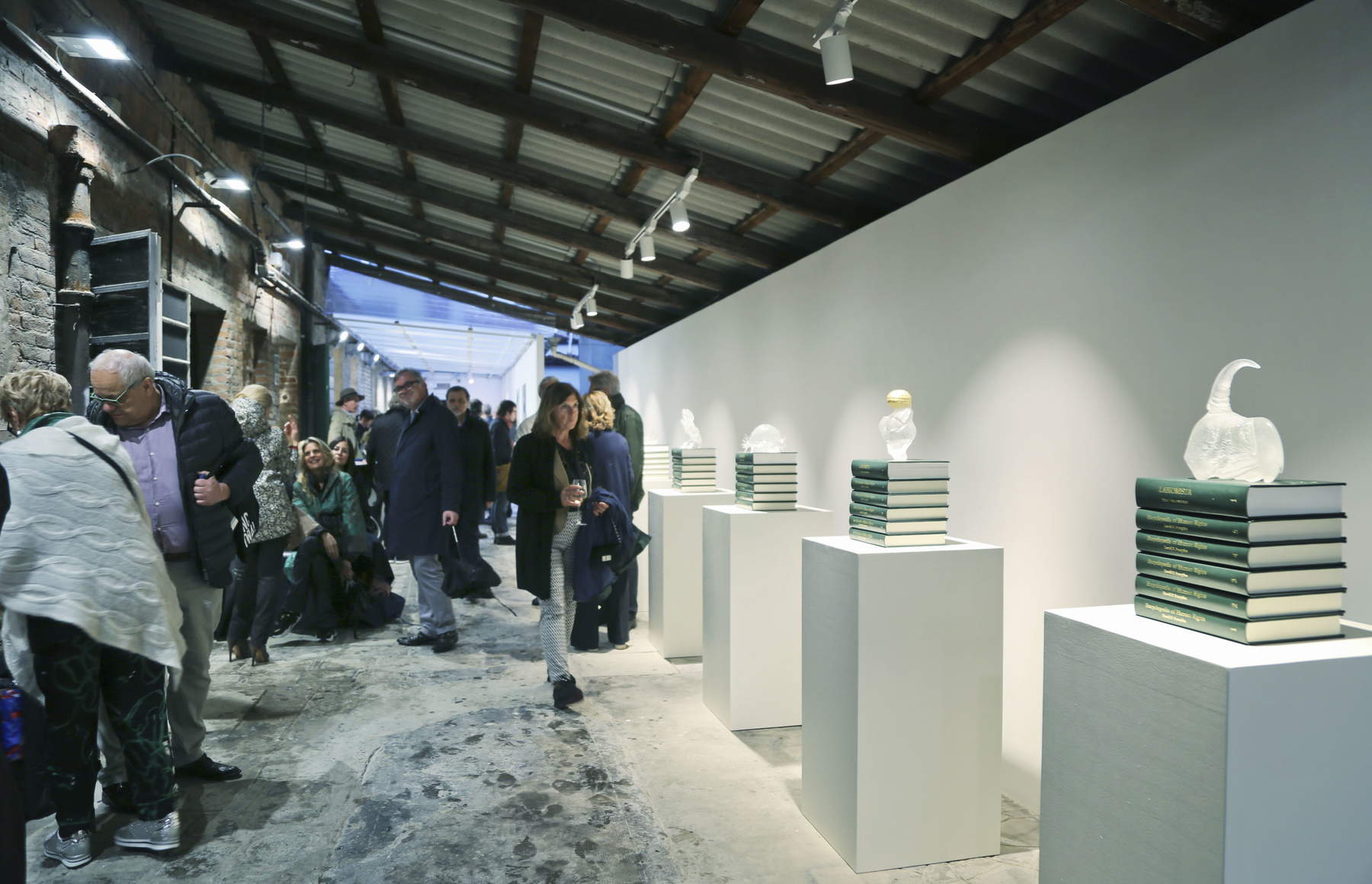 |
| Koen Vanmechelen, Collective memory |
Has your work ever received heavy criticism?
Of course, a work of art that does not receive criticism is not a work of art. If the artwork stays on paper it is easily protected, but if it travels the world then here comes the criticism. I give an example: thirty years ago, when I started talking about diversity, there was no one who understood what we were talking about because “diversity” was a word that was not in the air, and it was not even in art. Even today everyone is talking about “diversity,” but it is mostly a hashtag, not talking about how to practice diversity. Instead, today I get so much criticism when I talk about hybridization: I have been compared to Monsanto, I have been accused of “creating hybrid chickens.” I think we need to recover the word “hybridization” as an operation that combats monoculture. And in this case criticism arises when the meaning of the operation escapes.
And not only that: I think, for example, of the fact that His hybrid chicken has become stronger and stronger over time and has offered considerable help in the fight against hunger. Do you think, then, that art can also do something strong and concrete for the world we live in?
I’m sure it can, because my chickens are an example of that: the philosophy behind this work is that when you cross over, you always get a surprise. The scientists behind this project found that my hybrid chicken has strong genetic diversity, which makes its breeding more sustainable, because the chicken is stronger. Through a work of art, I have therefore created a Cosmopolitan chicken that can live even among the world’s poorest people. For example, the chickens I started raising five years ago in Zimbabwe are still alive. In contrast, the chickens that are imported from industrial farms over there live only six months. It is a great adventure. Also in Ethiopia, in Addis Ababa, we have started a chicken farm created like a work of art: when you enter you are greeted by big pictures of chickens, there are illustrative videos, but there is also the breeding program that meets the needs of poor communities in Addis Ababa. The idea is to spread the model throughout Africa.
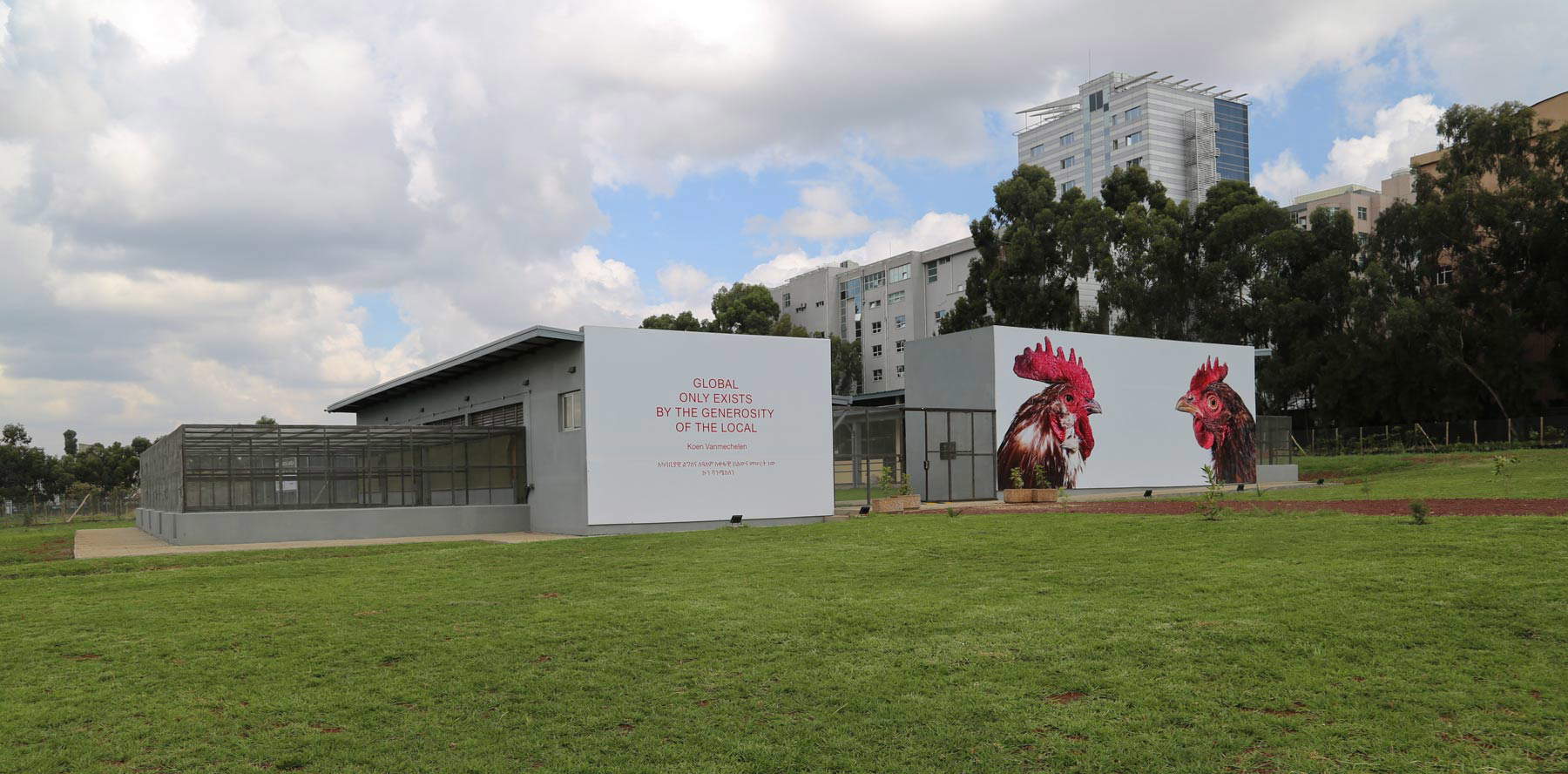 |
| Incubated Worlds, the large breeding farm opened by Koen Vanmechelen in Ethiopia |
 |
| Inauguration of Incubated Worlds |
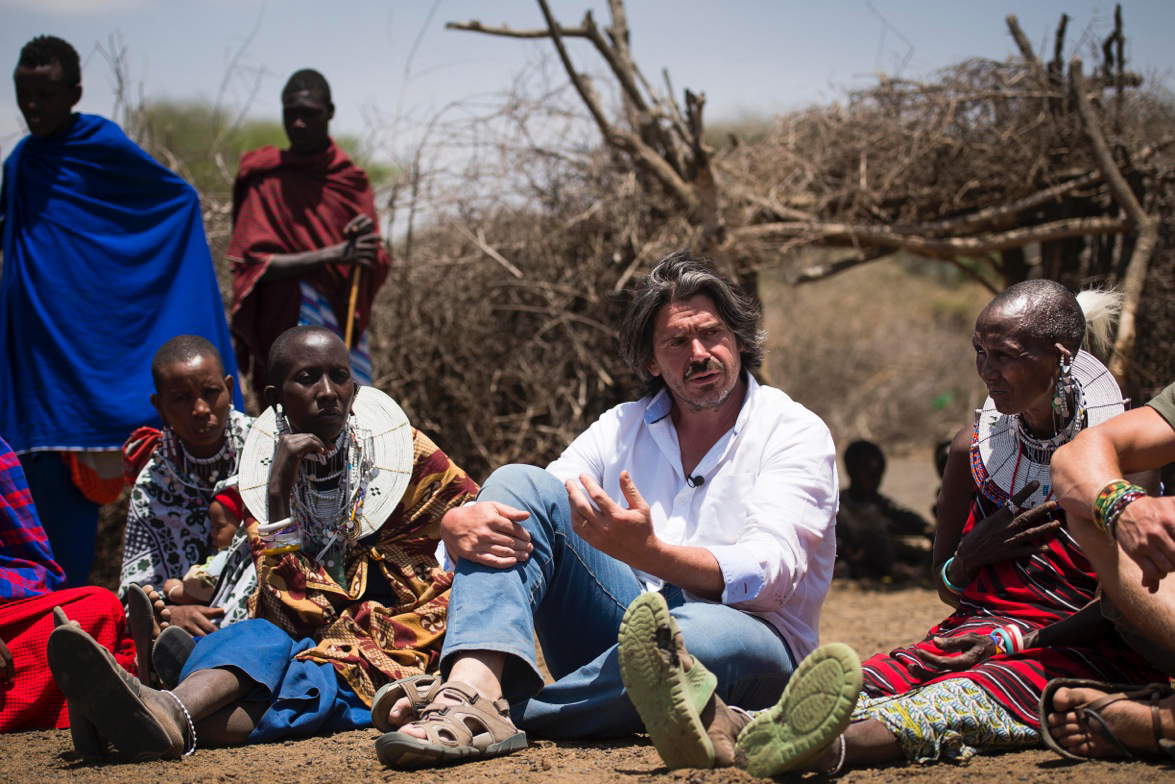 |
| Koen Vanmechelen in Ethiopia. Photo by Eliza Deacon |
As you have just demonstrated, your project has gone around the world. How does the public usually react to it?
There are always two points of view, opposites: they either rage, or they fall in love. No middle ground. However, there are more and more people who understand the content, and consequently fall in love with it. Because if you start something new (as I think my work is) it is very difficult to get it to the public.
Some people may have found it surreal, as is in the tradition of HIS areas: usually when in Italy we think of art from Flanders or Belgium we think of something like that. Moreover, recently your aesthetic has been called “neo-Baroque” by Didi Bozzini: what do you think you have inherited from the tradition of your land?
When Bozzini spoke of “neo-Baroque” she was referring to Rubens, but I would also cite Bruegel: I think of his humor (seeing a chicken farm as a work of art after all involves a certain amount of humor), I think of the critique of the bourgeoisie (you take a chicken, put it on a pedestal and bring it inside a museum). But not only that: I through a chicken try to explain humanity. Something similar happens in Bruegel, he with his paintings deals with the great themes of humanity but also with its most minute aspects, and he plays on these elements. But I will say more: I find my work close to the Renaissance, because I think my project, if I can say so, gave birth to a kind of cosmopolitan Renaissance: it brought together intellectuals from all over the world.
In conclusion, what are your plans for the immediate future?
I have been selected for the Jerusalem Biennial, I have plans for the Venice Biennial, I now have a solo exhibition in Belgium, I have inaugurated five new installations in my Labiomista space, and other interesting things will come in 2022: it will be a matter of seeing how the pandemic evolves, though, because it has already cancelled about 30 projects for me, and it will be necessary to figure out how to recover them.
Warning: the translation into English of the original Italian article was created using automatic tools. We undertake to review all articles, but we do not guarantee the total absence of inaccuracies in the translation due to the program. You can find the original by clicking on the ITA button. If you find any mistake,please contact us.